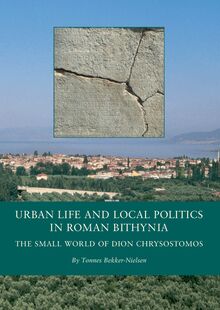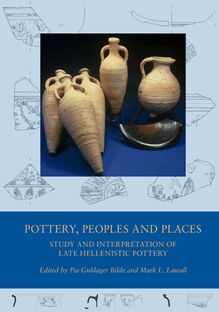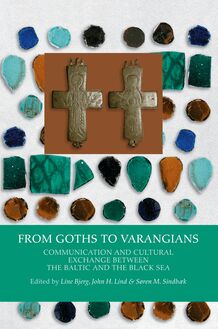From Goths to Varangians , livre ebook
420
pages
English
Ebooks
2013
Obtenez un accès à la bibliothèque pour le consulter en ligne En savoir plus
Découvre YouScribe en t'inscrivant gratuitement
Découvre YouScribe en t'inscrivant gratuitement
420
pages
English
Ebooks
2013
Obtenez un accès à la bibliothèque pour le consulter en ligne En savoir plus
Publié par
Date de parution
13 août 2013
Nombre de lectures
4
EAN13
9788771244250
Langue
English
Poids de l'ouvrage
49 Mo
Publié par
Date de parution
13 août 2013
Nombre de lectures
4
EAN13
9788771244250
Langue
English
Poids de l'ouvrage
49 Mo



